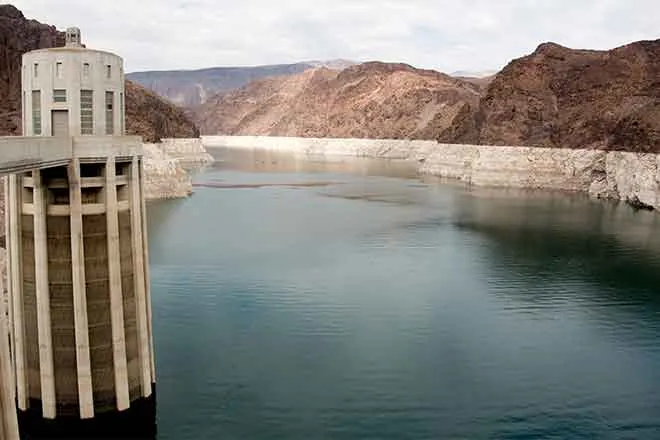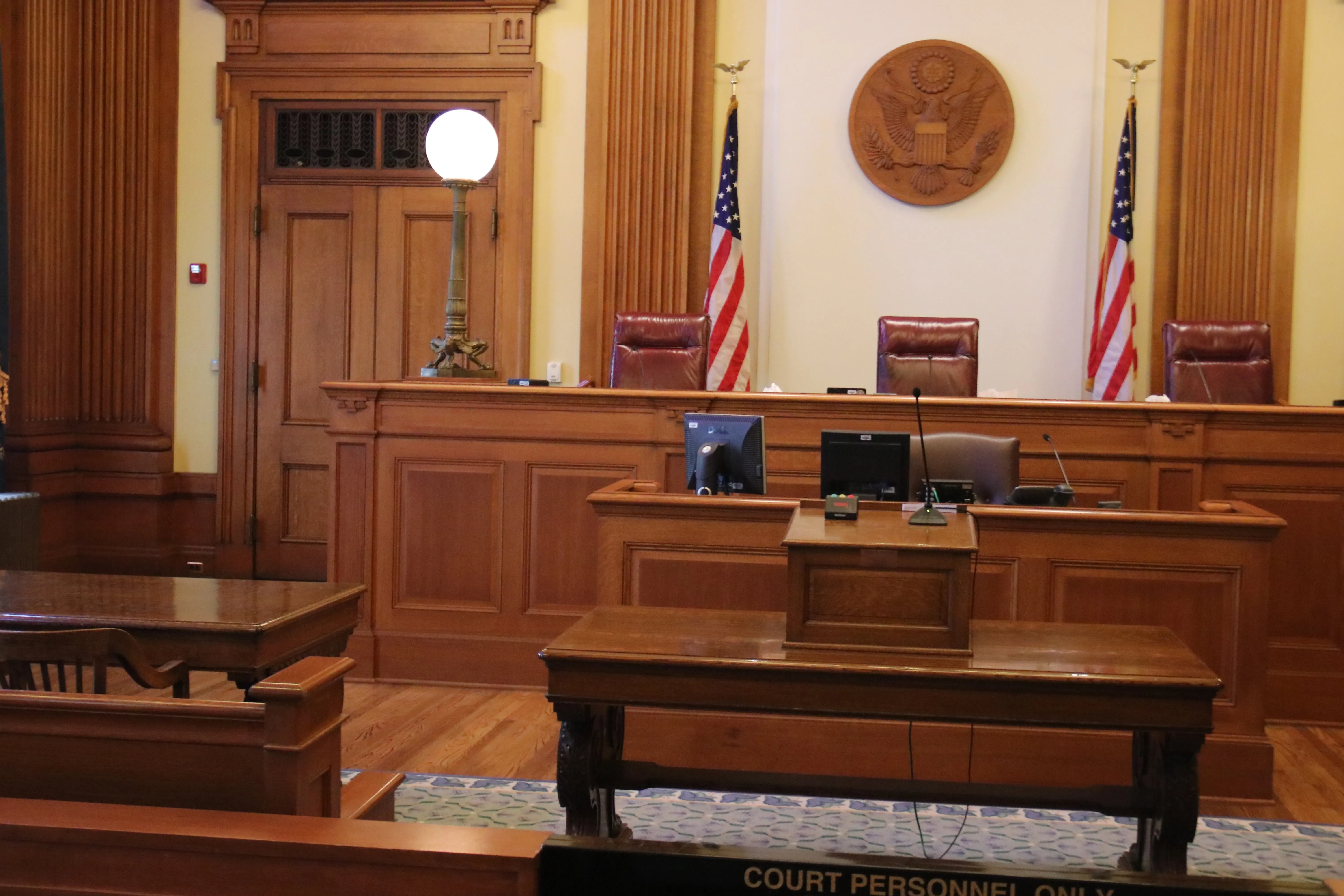
Los Alamos National Lab shipping radioactive waste in New Mexico, Texas and Utah
(The Center Square) - Los Alamos National Lab's radiological and hazardous waste from years past has been disposed of at off-site facilities at rates that have exceeded expectations.
The move helps the Lab mitigate hazards to workers, the community, and the environment, "while sustaining the national security mission," according to the lab.
"What's more, the Lab’s off-site shipments of waste outpaced the rate of waste generation even as its mission to develop plutonium pits expanded," the lab said.
The Lab generated 817 containers of transuranic (TRU) radioactive waste in Fiscal Year 2023. It included protective clothing, tools, and equipment contaminated from nuclear weapons production and research.
The lab got rid of more containers than those generated, including TRU waste from past years. It shopped a total of 885 containers off-site.
In 68 shipments, the containers left the Lab to the Waste Isolation Pilot Plant near Carlsbad, New Mexico, which the release describes as "the nation’s underground repository for defense-generated nuclear waste."
The lab ships its low-level waste and mixed low-level waste to facilities like Waste Control Specialists in western Andrews County, Texas, and Energy Solutions in Clive, Utah, about 75 miles from Salt Lake City. Also, it ships its transuranic waste (TRU) to the Waste Isolation Pilot Plant in the Chihuahuan Desert of New Mexico, a spokesman for the lab told The Center Square.
Waste drum removal has been "crucial" for employees working in the Plutonium Facility in TA-55 in the mission to produce at least 30 pits per year and nondefense plutonium missions, including heat sources for NASA programs, the release said.
“Staff across TA-55, as well as packaging and transportation drivers, have been instrumental in the progress we’ve made shipping large amounts of waste off-site,” Nestor Trujillo, group leader for Hazardous Material Shipping, said.
The Lab also sent 629 waste shipments from other waste streams—over 5,700 containers—to licensed off-site disposal facilities in Fiscal Year 2023. The rate far outpaced the roughly 2,000 containers of waste generated.
These waste streams included the following, according to the release:
- Hazardous waste, including paint thinners, industrial solvents and chemicals regularly used in laboratories.
- Low-level radioactive waste, which has less than 100 nanocuries per gram and consists of radioactively contaminated liquid, soil, or debris from demolition, as well as protective clothing, tools, and equipment with low levels of radioactivity.
- Mixed low-level radioactive waste, which contains a combination of low-level radioactive and hazardous wastes.
- New Mexico special waste, which is nonhazardous, but still requires specific disposal requirements and might include petroleum-contaminated soil or asbestos.
“We continue to ship more waste than is generated, which reduces the amount of waste on-site and lessens any associated hazards to the environment, community, and workforce,” Pat Kennedy, group leader for Waste Management Services, said.
Waste was sent off-site in record time in the past year, the lab said. Kennedy said there are “regulatory timelines for how long we can keep each type of waste on-site,” and internal goals for those waste streams.
“In fiscal year 2023, we exceeded all our goals,” Kennedy said. “I can't stress enough how good of a year we had. Waste is moving off-site much faster than it used to be, which is great. The program and team mature annually, and we're constantly looking for process improvements.”
The lab also touted its fiscal year 2023 waste management safety record. It received zero violation notices from the 15 waste disposal facilities it uses or the Department of Transportation.
“This shows that people are really paying attention to what they're doing,” Kennedy said.

















